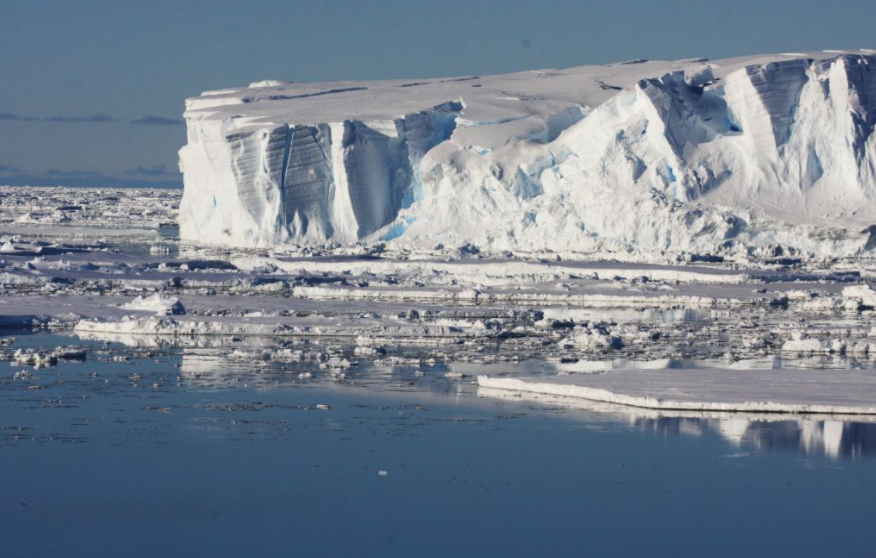Current Pliocene-Plus CO2 Levels More Than Enough For East And West Antarctic Ice Collapse
Looking back to a period of time called the Pliocene climate epoch of 2.6 to 5.3 million years ago, we find that atmospheric carbon dioxide levels were somewhat lower than they are at present — ranging from 390 to 400 parts per million. We also find that global temperatures were between 2 to 3 degrees Celsius warmer than 1880s ranges, that glaciers in Antarctica and Greenland were significantly reduced, and that sea levels were about 25 meters (82 feet) higher than they are today.
 ?w=600&h=382
?w=600&h=382
(The Totten Glacier is one of many Antarctic land ice systems that are under threat of melt due to human-forced warming. A new paleoclimate study has recently found that levels of atmospheric greenhouse gasses that are below those presently in our atmosphere caused substantial Antarctic melt 4.23 million years ago. Image source: antarctica.gov.)
Given that atmospheric CO2 levels during 2017 will average around 407 parts per million, given that these levels are above those when sea levels were considerably higher than today, and given that these levels of heat trapping gasses are rapidly rising due to continued fossil fuel burning, both the present level of greenhouse gasses in the Earth’s atmosphere and our understanding of past climates should give us substantial cause for concern.
This past week, even more fuel was thrown onto the fire as a paleoclimate-based model study led by Nick Golledge has found that under 400 parts per million CO2 heat forcing during the Pliocene, substantial portions of Antarctica melted over a rather brief period of decades and centuries.
Notably, the model found that the West Antarctic Ice Sheet collapsed in just 100-300 years under the steady 400 ppm CO2 forcing at 4.23 million years ago. In addition, the Wilkes Basin section of Antarctica collapsed within 1-2 thousand years under a similar heat forcing. In total, the study found that Antarctica contributed to 8.6 meters of sea level rise at the time due to the loss of these large formations of land ice.
EDIT
https://robertscribbler.com/2017/08/01/new-study-finds-that-present-co2-levels-are-capable-of-melting-large-portions-of-east-and-west-antarctica/#comments
 ?w=600&h=382
?w=600&h=382